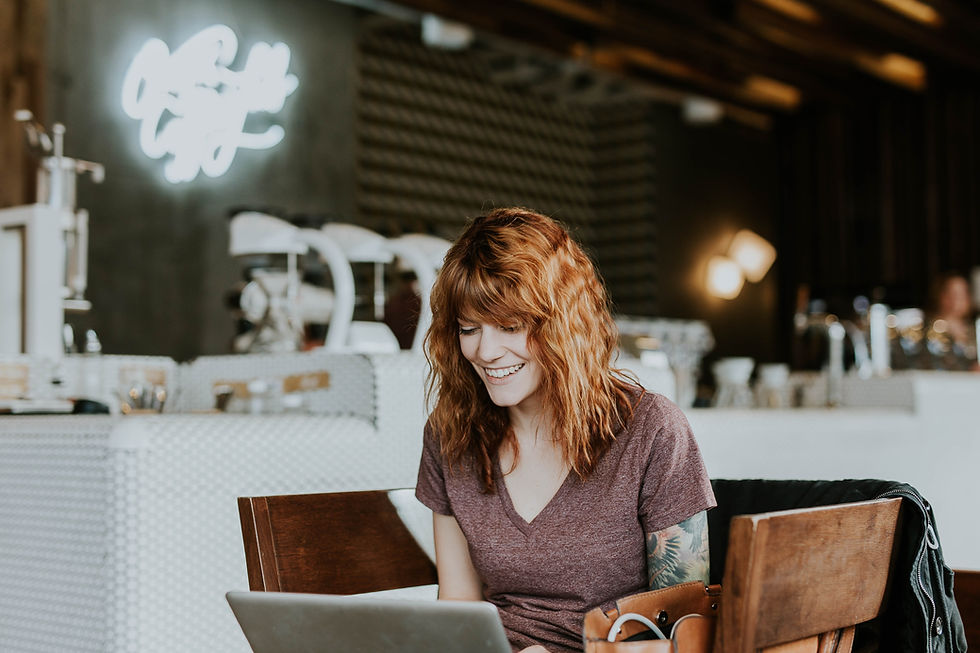Creating Paradise: Interior Design Tips for Bali Prefab Homes
- Azula Designs
- Jul 28, 2023
- 4 min read
Updated: Oct 9, 2025

Year by year, houses are getting more expensive and unaffordable for many of us. It may make you look for alternatives to fulfill your needs in life. One of the most popular options is prefabricated homes - or prefab homes.
Prefab homes offer many benefits such as:
affordability,
durability,
quick to build and,
easy to deliver.
Because of this, they’ve become famous all over the world, including Bali.
The beauty of Bali is unquestioned. It’s such a perfect place to live and vacation. Besides Bali’s amazing landscape, the culture that influences how the Balinese build houses is unique and has its charm. Now can you imagine, what if you combine prefab homes with Balinese culture?
It will blend modern concepts with traditional Balinese influences. Also, you can get eco-friendly, sustainable, and cost-effective Balinese homes.
Hence, if you want to have Bali Prefab Homes, find some interior design tips in this article to create your paradise perfectly.
Bali Prefab Homes: Embracing Balinese Aesthetics

The first thing that you can do to build a Bali Prefab Home is create a layout plan. Traditional homes in Bali have their sparks that we can’t find in other places. Its layout is different from other homes in common.
While most people build their homes as one single building, Balinese build homes on a wide open space with separate buildings. There are private rooms for family members, a kitchen, space for worship activities, etc in separate buildings. This concept creates a lot of green spaces in Balinese homes.
Balinese homes not only give an eco-friendly impression through their open space concepts. But also from the natural materials they commonly use to build each building.
It includes:
bamboo,
straw-made roofs,
natural stone
and others.
To give a stronger Balinese character, you can add some Bali elements to the interior design. It could be ornate carvings, batik prints, or handcrafted decor from natural materials. Put it on the table or hang it on the wall so you will get more points of interest in your home.
Maximizing Natural Light and Ventilation

Bali is located in Indonesia, which has a tropical climate throughout the year. It is important to pay more attention to its natural light and airflow. The open-space characteristic already gives you good air circulation. But it would be a waste if you can’t make good use of it.
There are three important things to remember if you want to have good airflow and natural light inside your room: use large windows, use skylights, and place vents strategically.
Large windows and placing vents in strategic spots allow fresh air to enter your room. Besides that, the skylight will brighten your room using the daylight. If you can execute it well, you will get fresh natural air and natural light inside your home to brighten your day every day.
Sustainable Furnishings and Decor for your Bali prefab homes

Prefab home developers claim that prefab homes are sustainable. This argument arises because prefab homes can
reduce material waste,
reduce, operational energy,
and reduce transportation-related impacts.
Bali has abundant resources that allow you to maximize sustainability benefits from Bali prefab homes. You can use the local natural materials that you will find easily around you in Bali.
Not only for the buildings or furniture but also for the decor. Bali has thousands of artists who create decorations in the Balinese style. It is made from natural resources such as wood, natural stone, and others. By building Bali prefab homes, you can both reduce the carbon footprint and support Bali's local artists.
Blending Indoor and Outdoor Living
The open space concept in Bali prefab homes gives you indoor and outdoor space. If you can fill the indoor space with natural furniture and decorations, you can maximize the outdoor spaces with outdoor seating areas and gardens.
Since Balinese live in a communal community, outdoor seating areas can be used as a spot to gather with family, neighbors, or friends at home. Incorporating it with beautiful gardens will create a harmonious living space.
To blend indoor and outdoor living, you can create terraces so the transition between those two is seamless.
Space Optimization and Multifunctionality
You may have limited space in your Bali prefab homes. With that condition, you can use convertible furniture to maximize every inch of your space. It will combine at least two functionalities in a piece of furniture.
As an example, a convertible table can be used as a clever storage solution. It allows you to put your goods on the table. With this kind of furniture, you can reduce clutters in your home. So you can maximize functionality without compromising on aesthetics.
Color and Texture Play

Bali has beautiful colors in its natural landscape, arts, and attire. It can inspire you to decide what color palette you will use for your Bali prefab house. For example, you can try to make a rice field ambiance in your home by combining blue, green, and olive colors. Another option, you can create a sunset ambiance by using a combination of pink, purple, and slightly orange colors in your furniture and decorations.
For a perfect tropical ambiance, incorporate your chosen colors with textures like rattan, bamboo, or natural fibers.
Conclusion: Bali prefab homes: interior design tips
Combining modern prefab homes with a traditional Balinese style is a unique and sustainable way to live. Balinese prefab homes that embrace Balinese aesthetics and maximize the use of natural resources to perfectly blend your indoor and outdoor living.
Do you need help with the interior design of your prefab home or other residence? Azula Designs can help. Our team of international designers is ready to elevate your life.
Click the button below to get in touch.





Comments